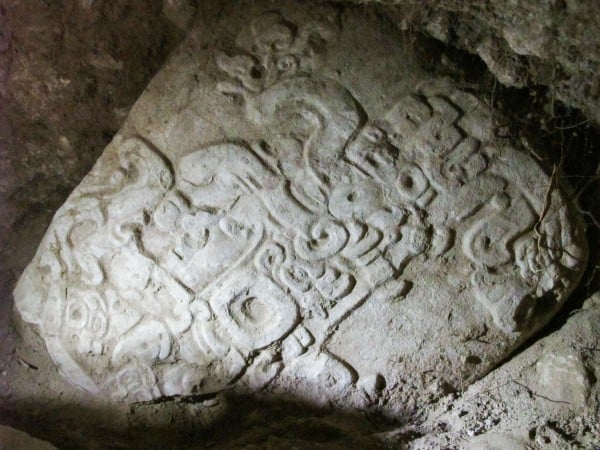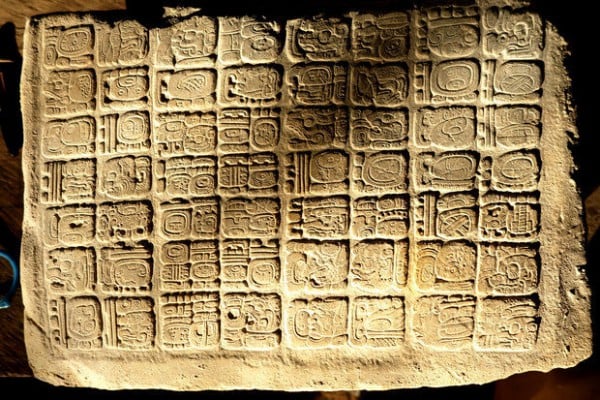Art World
Newly Discovered Stone Tablet Reveals Mysterious Maya King’s Legacy


Henri Neuendorf

A team of American archaeologists have discovered a remarkable stone tablet in the Guatemalan jungle that documents the reign of a little-known ruler dating to the early part of the Maya civilization.
The 1,600 year old relic was unearthed near the 5th century AD Maya town of El Achiotal, 12 miles east of the royal Maya place of La Corona.
The researchers found the stela, which is thought to date to between 22 AD and 418 AD, in a shrine believed to be specially constructed to house the stone. The experts think that, once fully deciphered, the writings could shed new light on the opaque early Maya history.
The writings reportedly display a list of the King’s accomplishments and achievements during his reign.
“This stela portrays an early king during one of the more poorly understood periods of ancient Maya history,” professor Marcello Canuto, co-director of the dig at El Achiotal and director of the Middle American Research Institute at Tulane University in New Orleans, told the Daily Mail.
“What’s really amazing is that the Maya built a shrine to preserve the stela—and remarkably, continued to leave offerings there for generations afterward,” archaeology student Luke Ault-Thomas, who made the sensational discovery, added.

Archaeologists also found hieroglyphic panels at the site. Photo by Maxime Lamoureux St-Hilaire, courtesy of Tulane University.
The team also unearthed two beautifully preserved hieroglyphic panels at the site.
“The fact that the stela and these panels were preserved by the ancient Maya themselves long after they were first carved adds a new wrinkle to our interpretation of how much the ancient Maya valued and strove to preserve their own history,” Canuto said.